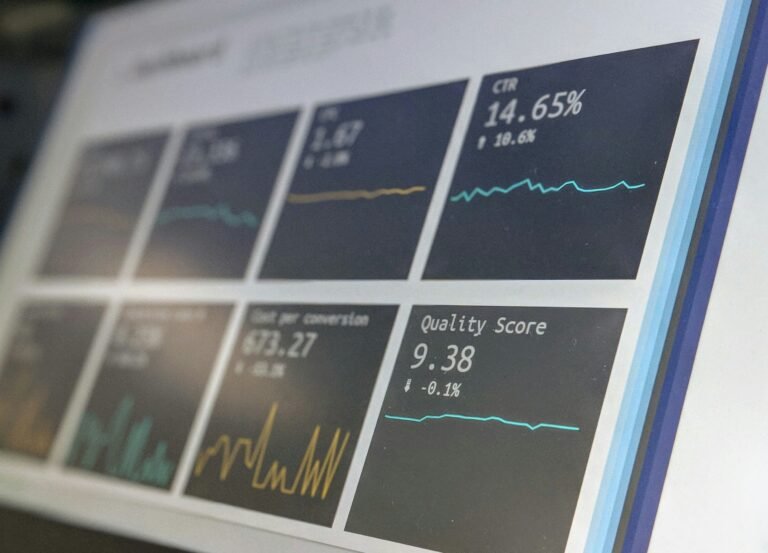Photo by Stephen Dawson on Unsplash
Applied Behavior Analysis, often shortened to ABA, is an approach that helps children learn new skills and improve their behavior. It might sound complicated, but it’s just a way to use what we know about behavior to help kids succeed. It is based on the principles of behaviorism, which focuses on how our environment affects our behavior.
This article will give you a brief overview of ABA and how it works, as well as some practical tips for using ABA techniques with your child.
The Basics of ABA
ABA is based on the idea that behaviors can be learned and changed. Think of learning to ride a bike-it takes practice, patience, and sometimes, a little help. In the same way, ABA teaches kids new skills by breaking tasks into smaller parts and rewarding progress.
One of the key principles of ABA is reinforcement. Positive reinforcement is like a high-five for a job well done! When a child does something positive, we can give them praise, a special treat, or even extra playtime.
How Does ABA Help Children?
Many children can benefit from ABA, especially those with special needs like Autism Spectrum Disorder (ASD). Kids with ASD might find it harder to communicate or learn new skills compared to their peers. ABA helps by providing structure and support tailored to each child’s unique needs.
For example, a child who struggles to ask for help might be taught through ABA techniques to raise their hand or use words when they need assistance. This gives them the tools to express themselves and encourages interaction with others.
An ABA center based therapy can also help children develop social skills and build relationships with their peers. Over time, they become more confident in their abilities.
Fun Activities in ABA
ABA is not just about sitting at a table and doing work-there are many fun and engaging activities! Picture games that encourage turn-taking, role-playing to practice social skills, or using toys to teach counting and colors. Each of these activities is designed to promote learning in a way that feels enjoyable.
When kids are having fun, they are more likely to absorb the lessons being taught. Incorporating play into ABA means children can learn while they imagine, explore, and actively participate.
Family Involvement in ABA
Parents and families play a crucial role in the success of ABA. It’s essential for learning to continue at home. Families can practice new skills learned in sessions, such as encouraging positive behaviors or helping kids communicate their needs.
When families work together with therapists, it creates a supportive environment that fosters growth. Families also learn about the methods used in ABA so they can better understand their child’s behavior and challenges.
Applied Behavior Analysis: The Journey of Learning
While an Applied Behavior Analysis can lead to significant improvements, it’s important to remember that progress takes time. Just like learning to bake a cake, sometimes things don’t turn out perfectly on the first try. Mistakes are part of the process, and every child is unique in their learning journey.
With patience, support, and encouragement, children can achieve great things. As we learn more about our little ones and embrace their behaviors, we grow closer together. Understanding and applying the principles of ABA can create an incredible influence on a child’s learning experience, making life brighter and more meaningful for everyone involved.
For similar topics, visit our blog!





